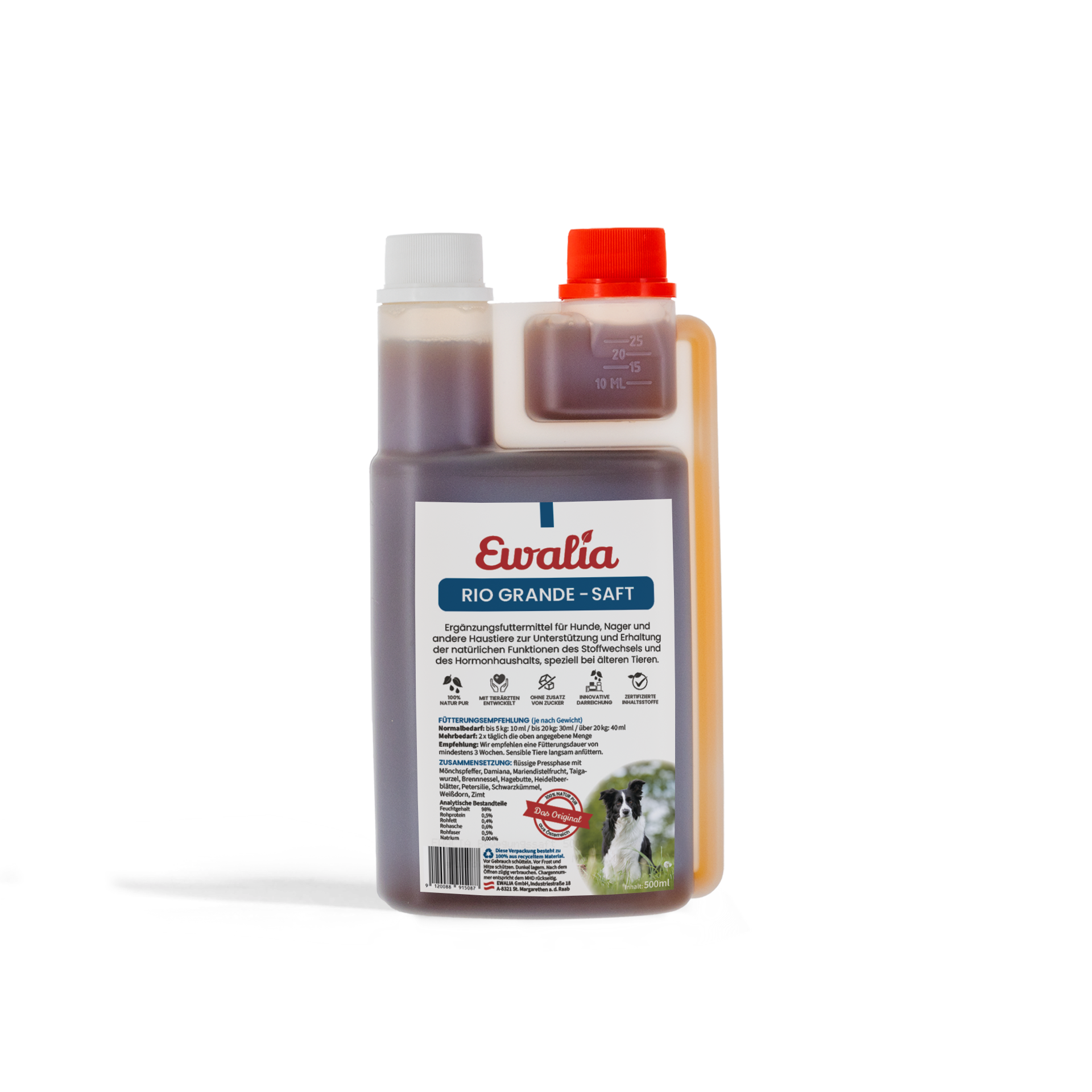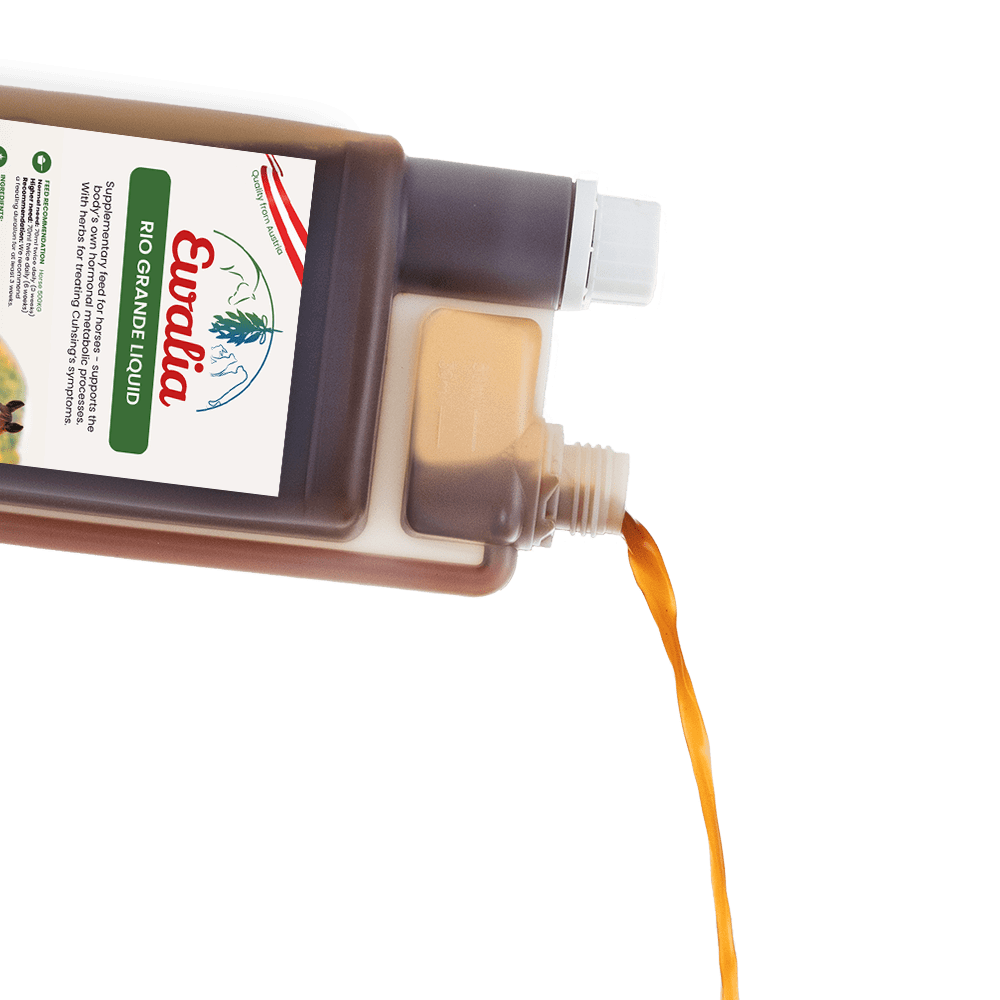Damiana

Since pre-Columbian times, the damiana (Turnera diffusa) has been used in Mexico to make preparations for treating muscle and nerve weakness, exhaustion and dizziness. The Mayans used damiana extracts as mood enhancers, energy boosters, and aphrodisiacs.
What is damiana?
This fragrant shrub is part of the family Passifloraceae and can grow up to 2 metres in height. Damiana is prevalent in arid regions in Central and South America as well as in some parts of Africa. In Mexico in particular it is harvested and exported in great quantities.
In the 17th century the plant was first thus described by the Spanish missionary Juan Maria de Salvatierra: the indigenous peoples of Mexico would use the leaves to make a watery extract which, sweetened with sugar, would be imbibed as a love potion. De Salvatierra named the hitherto unknown plant "damiana", after St Damian, the patron saint of pharmacy.
The use of damiana extracts to treat coughs and other respiratory ailments has been passed down from Spanish colonial times. The Maya peoples smoked dried Damiana leaves for relaxation and lung cleansing, their word for it literally meaning "asthma broom". It was also used to treat diabetes, malaria, menstrual disorders and inflammations of the urogenital tract.
In North America, tinctures based on damiana were sold as popular tonics into the 19th century. The damiana-containing product The Mormon Elder’s Wafers was even prized as a cure-all for insomnia, lameness, nightmares and impotence.
Substances and effects of damiana
The parts of the shrub used for medicines are traditionally the leaves, which bear a scent of peach and lime, and the branches, which are harvested during the flowering period. They are dried for use as teas, alcoholic tinctures or aqueous extracts. The seed-bearing fruit capsules are also dried and then pulverised.
The flowers and leaves of damiana contain essential oils like thymol, tanning agents like tannin, proteins and starches. The plant also contains two other medically valuable ingredients: apigenin, which belongs to the group of flavones (secondary plant dyes), and the organic compound arbutin.
Apigenin is also found in camomile, parsley, yarrow and celery. It is often used in cosmetics, and has antioxidant and anti-inflammatory effects. Studies have proven that apigenin reduces skin damage from UV light and even prevents the multiplication of cancerous cells. Furthermore, this flavone can also help maintain oestrogen balance and alleviate nervous restlessness and other stress symptoms.
Conversely, Arbutin, a glucosoid, is a relatively rare herbal substance also found in raspberries. It has a high bio-availability and is broken down in the gastrointestinal tract and in the kidneys. Arbutin has antibacterial, antioxidant, astringent and disinfectant properties. The antioxidant properties may regulate the mucus and acid production of the stomach mucosa and thus have a protective effect on inflammatory reactions. Preparations containing arbutin are effectively used to treat bacterial infections of the urinary tract caused by Staphylococci, Klebsiella, Citrobacter and Pseudomonas, as the substance can remain in the urinary tract for hours.
What ailments can be treated with damiana?
In South America, damiana preparations are mainly used as a strengthening tonic to stimulate the appetite and to treat nervous disorders.
In our latitudes, damiana preparations are used to restore physical and mental balance in cases of stress, nervousness and stomach problems.
Damiana's positive effects:
- Beneficial
- Enhances mood and restores balance
- Stimulates appetite
- Promotes fertility and strengthens the uterus.
Side effects:
Arbutin was long suspected of causing cancer when taken in high doses. More recent studies have shown, however, that arbutin can even repair liver cells.
Caution: Damiana should not be taken before surgical procedures, as it can have a negative effect on blood sugar levels. Products containing damiana should also not be given to pregnant or nursing animals!
Quellen:
- Heilpflanzen Online. (2020). Von Damiana: https://www.heilpflanzen.online/pflanzenportraits/damiana/ abgerufen
- Prentner, A. (2010). Bewusstseinsverändernde Pflanzen von A–Z. Wien: Springer Verlag.
- Purle, T. (27. 05 2018). Kräuterbuch.de. Von Damiana: https://www.kraeuter-buch.de/kraeuter/Damiana.html abgerufen
















